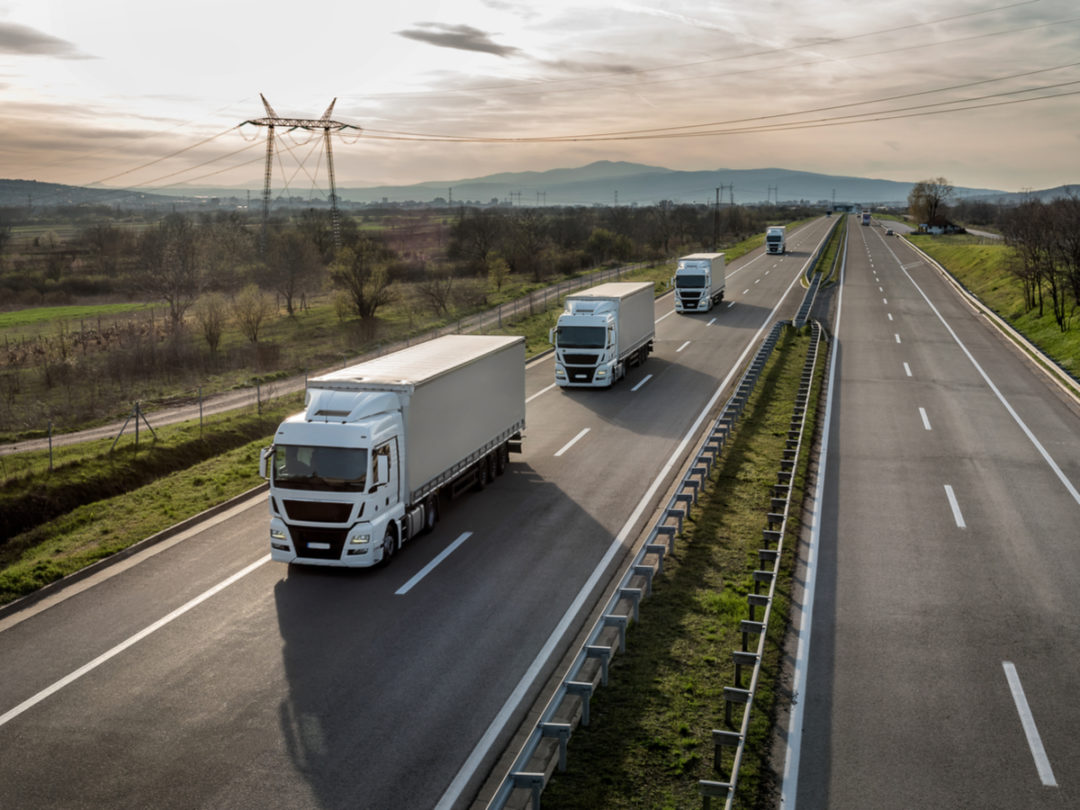
With fuel prices at an all-time high, the cost of transportation is forcing price increases across the board, and beginning to impact consumer demand.
The logistical hurdles of the last two years have become the norm. With so many moving parts in supply chains, it’s nearly impossible to keep everything running smoothly. The slightest ripple in the system can create a tidal wave that has impacts across the globe.
Compounding these events is chronic inefficiencies in truck driver utilization.
Inefficient loading and unloading can take hours, leaving drivers to sit idle and then struggle to make up for lost time on the road. But time in the truck counts toward their maximum daily duty limit, even if it’s spent sitting in a parking lot. When drivers run out of hours, the company is forced to either park the truck or send another driver to continue the haul, both of which drive up costs.
Multiplied by thousands of drivers every single day, it’s easy to see how bottlenecks quickly multiply. Prior to electronic logging devices (ELDs), drivers could overcome idle time through creative logging. Now, federal ELD mandates automatically track and restrict time in the truck. That leads to fewer miles on thew road, forcing companies to increase compensation per mile to make up for under-utilization. And if a couple of dock hands call off sick, or there’s an accident that snarls traffic, the setback creates a domino effect.
Automation technology can help overcome driver-utilization problems and make the supply chain more efficient, agile, smarter and future-proof. Digital freight tracking and delivery scheduling allows suppliers to compare actual practice against driver schedules and mapping technology. Digital freight matching automatically connects drivers with loads, and churns out optimized transportation schedules.
These new planning tools can look at available dock times, match them against driver availability and routing, and plan the fastest and most efficient routes. Instead of drivers waiting in line for hours to load shipments, they can arrive at the appointed time, pick up their loads and go.
Trailer pools are an increasingly popular means of improving driver utilization. When combined with digital freight matching, they become an even more powerful tool.
In this scenario, a driver brings an empty trailer to the shipping facility, leaves it behind for loading, picks up an already-loaded trailer and heads off to destination, all within minutes. To make the arrangement work, carriers must be willing to invest in trailers to be left behind, but when paired with digitized freight planning, the outcome can deliver a promising return on investment. The cost of idle driver hours adds up quickly, as do fines for exceeding ELD-mandated hours. Both can be avoided with digital planning and trailer pools.
Like most industries today, trucking is facing a talent crisis. Drivers are no longer willing to spend days on the road, away from their families on long-haul routes. At the same time, shippers and carriers need to find more efficient ways of moving freight to reduce costs and delays.
The use of autonomous trucks on middle-mile routes solves both problems. Carriers can employ drivers to haul between the shipping dock and a regional depot, where freight is then transferred to unmanned vehicles for the longer haul between depots. At the destination depot, the load is transferred once again to a human driver for last-mile delivery. The arrangement reduces demand for long-haul driving, along with the accidents that are associated with it, and leaves drivers with better jobs closer to home.
When combined with digital freight matching and trailer pools, the entire system becomes more efficient, creating an on-demand carrier setup that maximizes driver utilization and minimizes wasted time and cost.
With the help of tools for analyzing historical data to predict fluctuations in demand, carriers can create a “sentient” supply chain — one that detects and responds in real time.
Using artificial intelligence, carriers can automatically adjust driver utilization and shift capacity on demand to meet changing conditions. The result is a delivery system that’s resilient against disruptions along the way because it’s more efficient from the start.
Carriers might be understandingly hesitant to invest in automation technologies, out of concerns about driver displacement. But the net effect of an autonomous middle mile is better jobs for drivers, closer to home with improved quality of life and less waiting around. And that translates into higher compensation.
It also means embarking on a transformation that fundamentally changes the way carriers currently operate. Nevertheless, they will have to pivot. Autonomous trucking and automated scheduling will be ubiquitous by the end of this decade. Now is the time to embrace the tech-enabled future of trucking to remain competitive in the freight marketplace, and attract talent with high-quality, rewarding, short-haul jobs.
Brett Suma is chief executive officer of Loadsmith.







